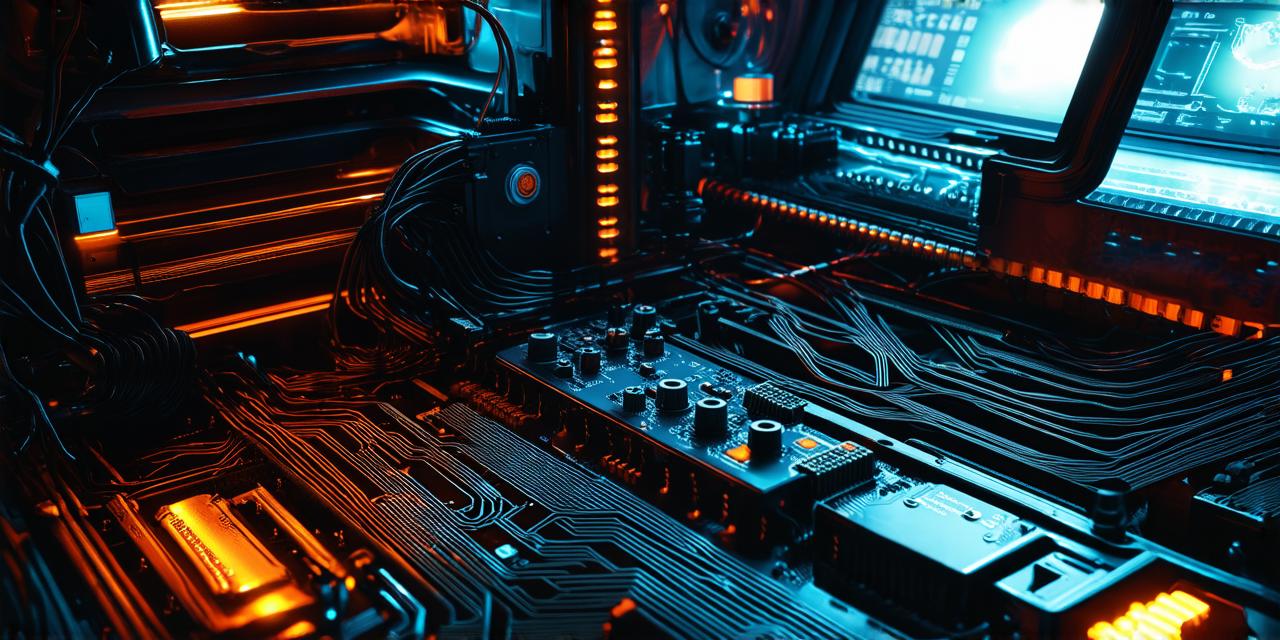
Introduction:
Creating a boss battle is an essential aspect of any game, and it’s especially important in Unity 3D. A well-designed boss battle can make the game more engaging and memorable for players, and it can also help to challenge them and push them to their limits.
Part 1: Designing the Boss
The first step in creating a boss battle is to design the boss itself. This involves determining its strengths, weaknesses, and abilities. The boss should be challenging but not overwhelming for the player, and it should also be interesting and engaging to fight against. To create an effective boss, you will need to consider the following:
-
The boss’s appearance: A visually striking boss can make the battle more memorable and exciting for the player. Consider giving the boss unique features or abilities that set it apart from other enemies in the game.
-
The boss’s mechanics: The mechanics of the boss should be challenging but not overly complicated. Consider using a combination of attacks and abilities that require the player to think strategically and adapt their tactics on the fly. You may also want to incorporate elements of luck or chance into the boss’s mechanics, such as randomized attacks or critical hits.
-
The boss’s health: Determine how much damage the boss can withstand before being defeated. This will depend on the player’s level and equipment, but it’s important to balance the difficulty so that the boss is challenging but not impossible to defeat. You may also want to consider adding a second phase or bonus round to the battle to make it more engaging and memorable.
Part 2: Implementing the Mechanics
Once you have designed the boss, the next step is to implement the mechanics in Unity 3D. This involves programming the boss’s movements, attacks, and abilities, as well as creating the environment in which the battle takes place. To create an effective boss battle, you will need to consider the following:
-
Programming the boss’s movements: The boss should have a unique set of movements that make it challenging for the player to defeat. This may include flying, teleporting, or using ranged attacks. You will need to program the boss’s movements using Unity’s built-in scripting tools or third-party libraries like AI Pro Controller.
-
Programming the boss’s attacks: The boss should have a variety of attacks that require the player to dodge and block them effectively. These attacks may include melee strikes, ranged attacks, or special abilities. You will need to program the boss’s attacks using Unity’s scripting tools or third-party libraries like UniAI.
-
Programming the environment: The environment in which the battle takes place should be designed to enhance the player’s experience and make the battle more engaging. This may include platforms, obstacles, or traps that force the player to adapt their tactics on the fly. You will need to create the environment using Unity’s built-in tools or third-party assets like Unity Asset Store.
Part 3: Optimizing for Engagement and Effectiveness
Once you have implemented the mechanics of the boss battle, the final step is to optimize it for maximum engagement and effectiveness. This involves tweaking the difficulty, adding variety, and making the battle more memorable and enjoyable for the player. To optimize your boss battle, you will need to consider the following:
-
Difficulty: The boss should be challenging but not overwhelming for the player. Adjust the boss’s health and abilities as needed to balance the difficulty so that it’s engaging but not frustrating. You may also want to add a second phase or bonus round to make the battle more challenging and memorable.
-
Variety: The boss should have a variety of attacks and abilities that require the player to adapt their tactics on the fly.


